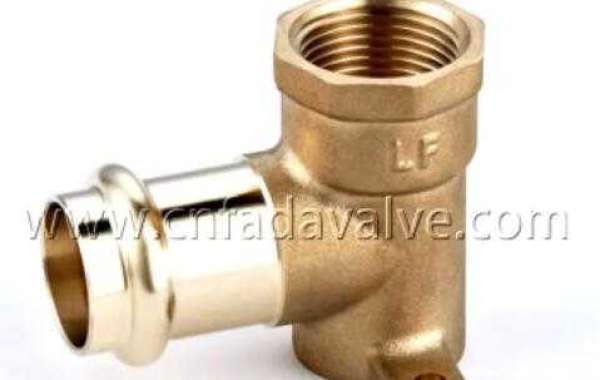Maintaining a septic tank is crucial for a healthy and hygienic home environment. Regular cleaning and maintenance not only prevent foul odors and backups but also ensure the longevity of your system. Understanding the process and importance of septic tank cleaning is fundamental for every homeowner.
The Significance of Septic Tank Cleaning
Septic tanks play a pivotal role in waste management for homes not connected to municipal sewage systems. They collect, treat, and dispose of household wastewater. Over time, solid waste accumulates at the bottom of the tank while grease and oils float on the top, forming layers of sludge and scum. Without regular cleaning, these layers can build up, leading to clogs, seepage into the drain field, and potential environmental contamination.
Frequency of Cleaning
The frequency of septic tank cleaning varies based on household size, water usage, and tank capacity. As a general guideline, it's recommended to clean your septic tank every 3 to 5 years. However, larger households or those that extensively use water-intensive appliances might require more frequent cleanings.
Signs Your Septic Tank Needs Cleaning
Foul Odors: Unpleasant smells around the tank or drain field could indicate a full or malfunctioning system.
Slow Drains: If sinks, showers, or toilets are draining slowly, it could signal a buildup in the system.
Pooling Water: Puddles of water or overly lush grass in the drain field might mean your tank is full.
Gurgling Sounds: Strange noises when using plumbing fixtures could indicate a problem in the septic system.
Professional Cleaning Process
Hiring a professional for septic tank cleaning is advisable for thorough and safe maintenance. The process typically involves the following steps:
Inspection: A professional assesses the tank's condition, checking for any signs of damage or issues.
Pumping: Using specialized equipment, the solid waste and scum layers are pumped out of the tank.
Cleaning: High-pressure water or other cleaning methods may be used to remove remaining residue from the tank's walls.
Inspection Post-Cleaning: After cleaning, another inspection ensures everything is in proper working order.
DIY Maintenance Tips
While professional cleaning is essential, there are several steps homeowners can take to maintain their septic tanks between cleanings:
Water Conservation: Reducing water usage can alleviate strain on the system. Fixing leaks and using water-efficient appliances help.
Proper Waste Disposal: Avoid flushing non-biodegradable items or chemicals down the drain.
Regular Inspections: Monitor your system for any signs of issues and promptly address them.
Benefits of Regular Cleaning
Preventing Costly Repairs: Regular cleaning prevents major issues that can lead to expensive repairs or even system replacement.
Maintaining Property Value: A well-maintained septic system adds value to your property and ensures compliance with regulations.
Environmental Preservation: Proper maintenance reduces the risk of groundwater contamination, protecting the environment.
For More Info:-
Utility Installation in Mississippi
Septic Tank Pumping in Water Valley










